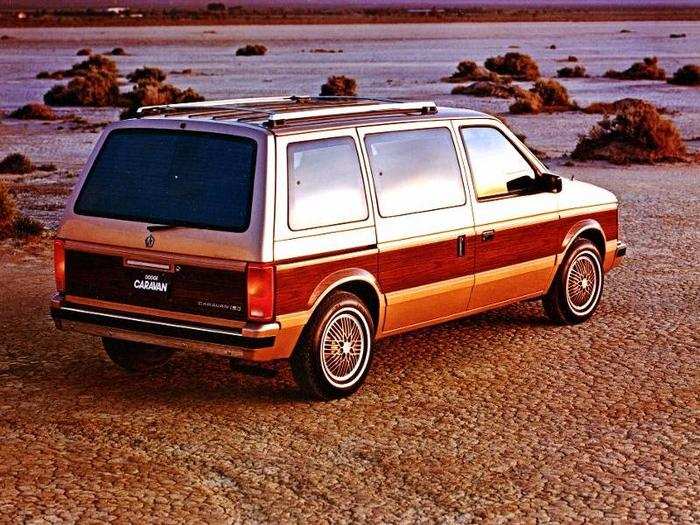- Home
- Transportation
- The Ford Mustang and the minivan have an amazing shared history
The Ford Mustang and the minivan have an amazing shared history
Although today's minivans have gotten, bigger, faster, more refined, and more luxurious, they all still trace their roots back to the little Chrysler van that could from the 1984 model year.

While Kia's Sedona is also available but makes up a much smaller share of the market.
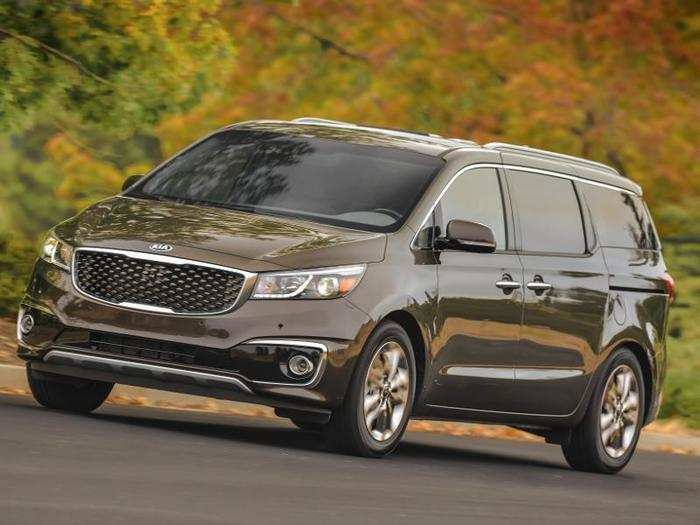
... Toyota Sienna are the only other industry heavyweights left.
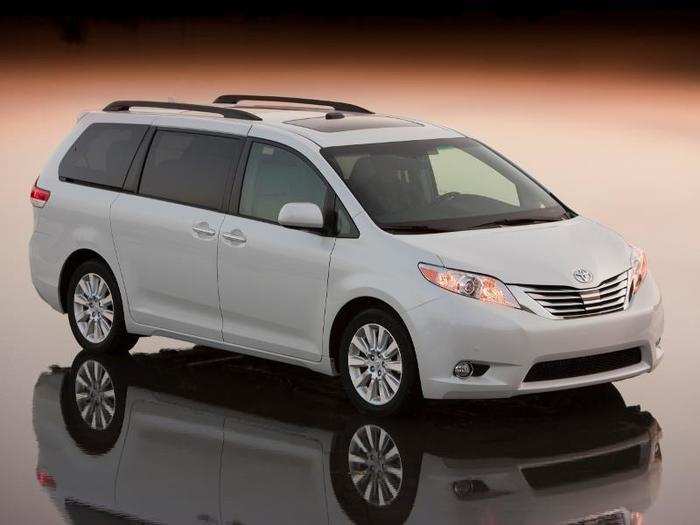
The Honda Odyssey and ...
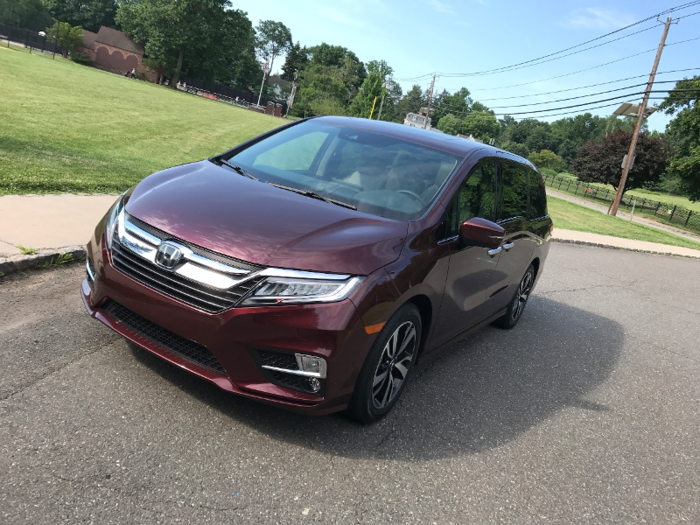
Today, minivan sales are a mere fraction of what they were in their heyday. Fiat-Chrysler's vans still hold more than 50% of the market, while Ford, GM, and Nissan have abandoned the market.
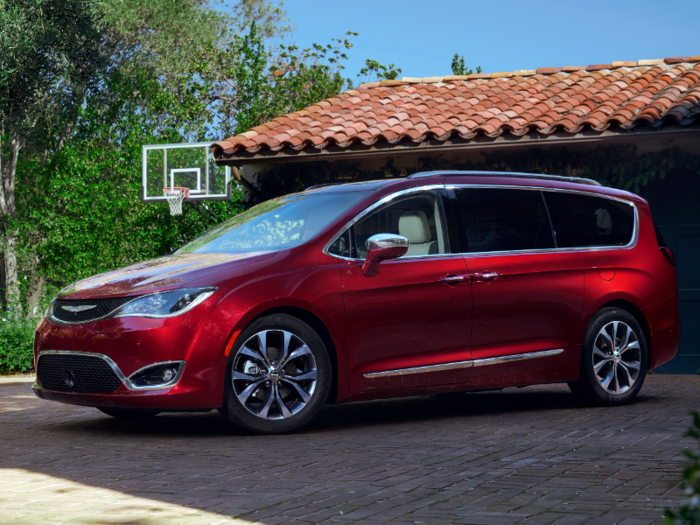
... crossovers like the Jeep Cherokee for family-hauling duties.
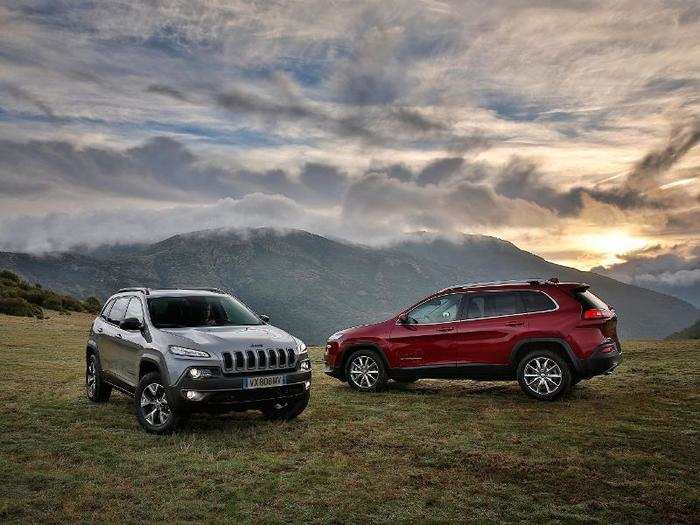
Consumers began trending toward big SUVs, like the Cadillac Escalade or ...
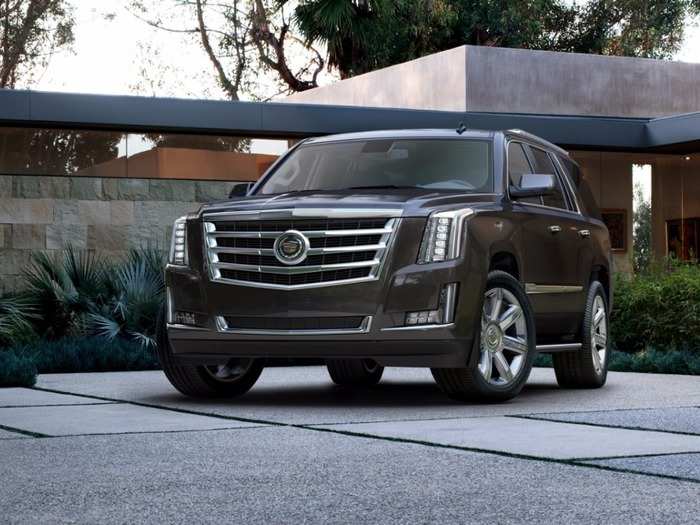
During the mid-2000s, minivans sales began to slip.
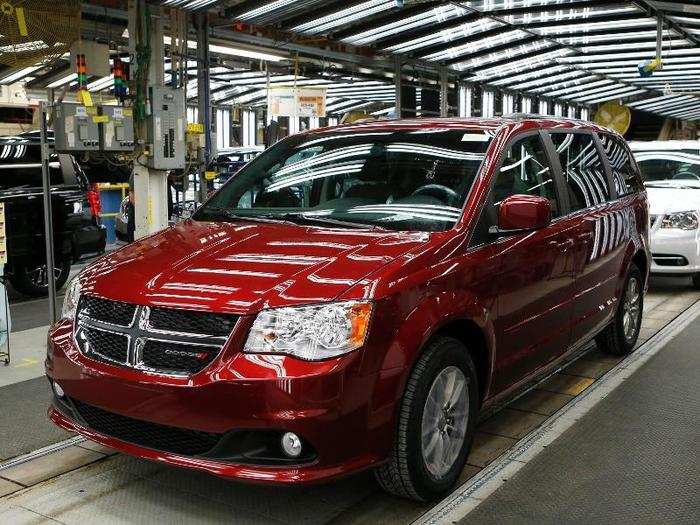
A year later, Honda launched their larger, more powerful Odyssey. By 2001, the minivan market peaked, with nearly 1.4 million sold.
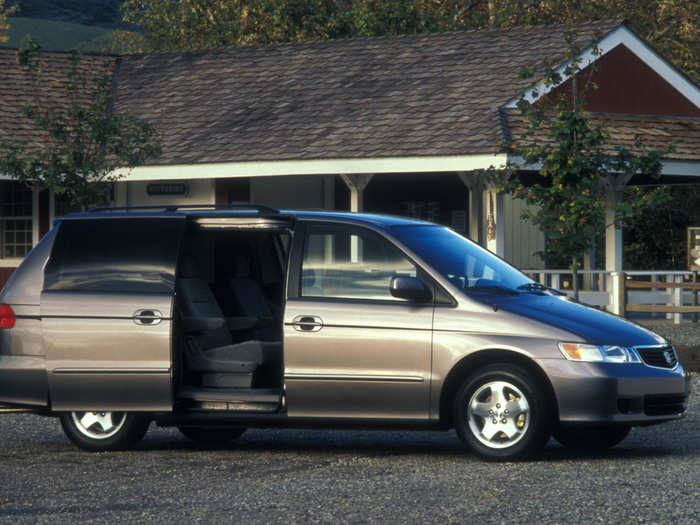
By the late 1990s, Honda and Toyota learned their lessons. They dumped their unorthodox designs and followed Chrysler's playbook. In 1997, Toyota launched their Kentucky-built Sienna minivan based on the company's award-winning Camry V6 sedan.
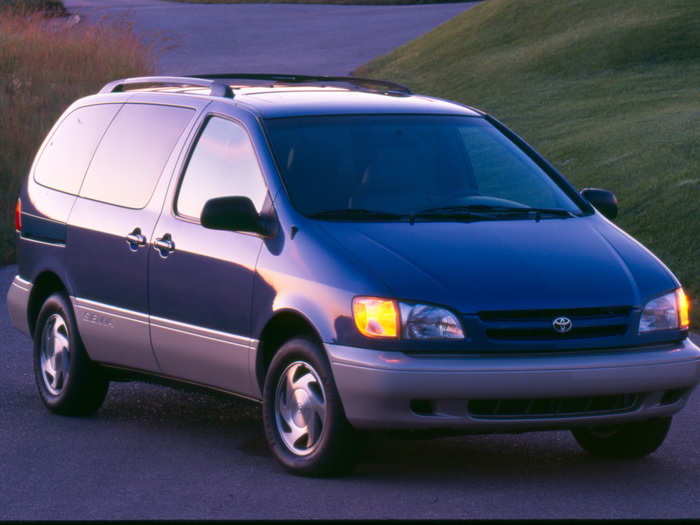
The new Chrysler vans featured updated interiors and engines, marking significant upgrades in comfort, utility, and performance.
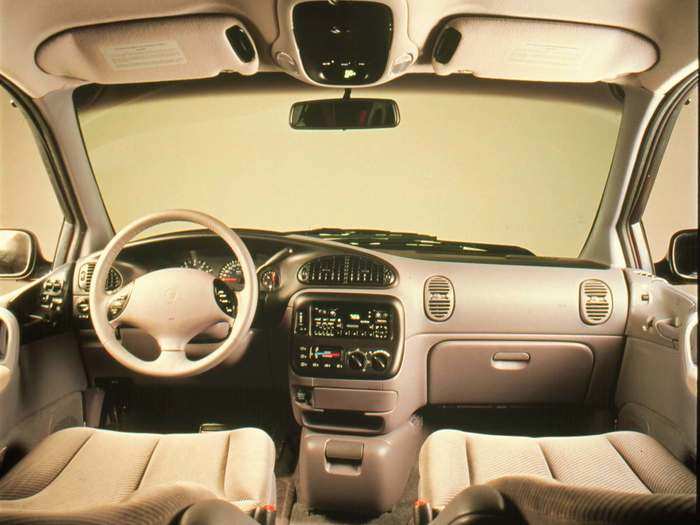
In 1996, Chrysler responded with the third-generation Dodge Caravan, Chrysler Town and Country, and Plymouth Voyager. In its first year out, the Caravan captured Motor Trend's coveted Car of the Year award.
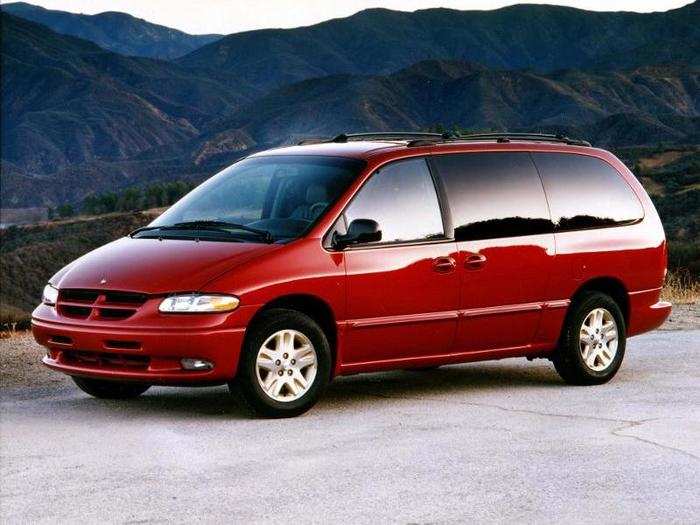
Smaller players, such as Nissan, Mazda, and Mercury, all entered the market.
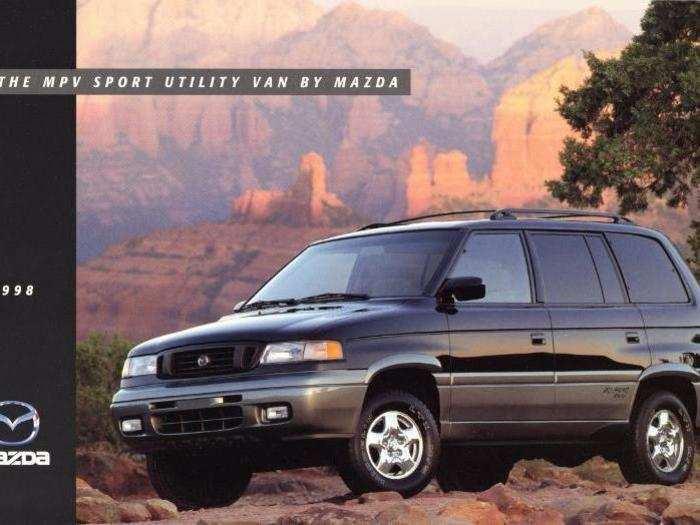
In 1995, Honda unveiled its underpowered and undersized Odyssey van.
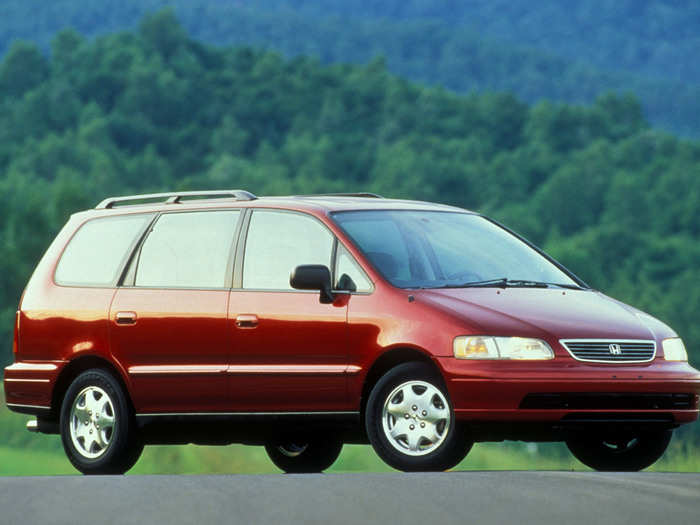
GM introduced a trio of car-based minivans sold by its Chevrolet, Oldsmobile, and Pontiac divisions.
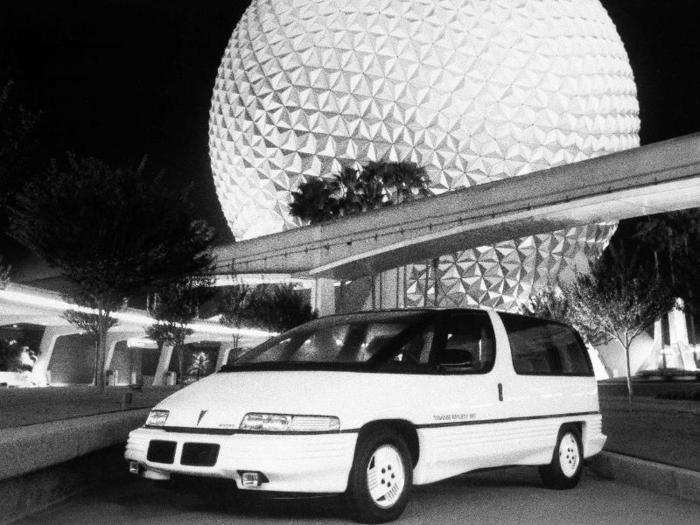
Ford dumped the truck-based Aerostar for the car-based Windstar.
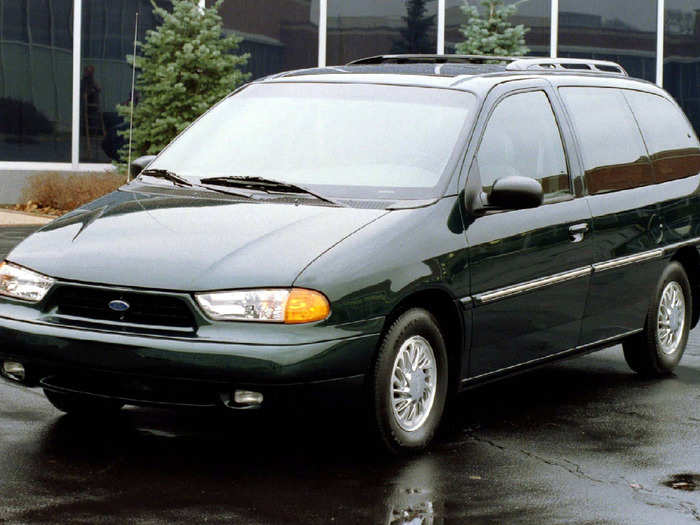
In the early '90s, Toyota introduced the innovative but quirky Previa.
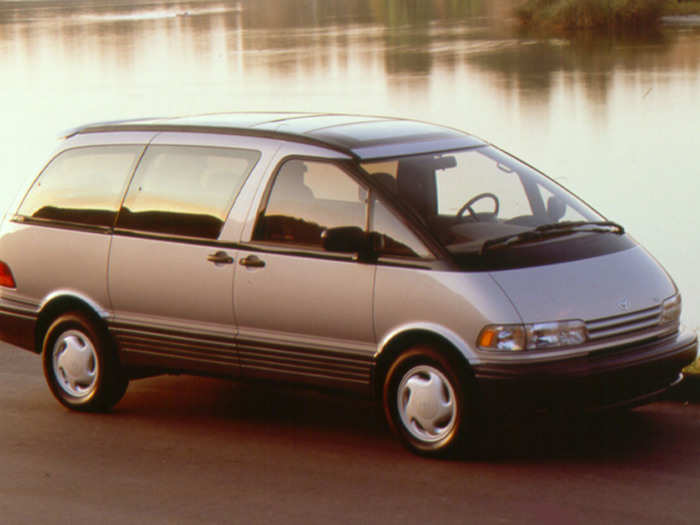
By the minivan's 10th birthday, the market had matured. Chrysler held as much as 40% of it. But its competitors had also stepped up their game.
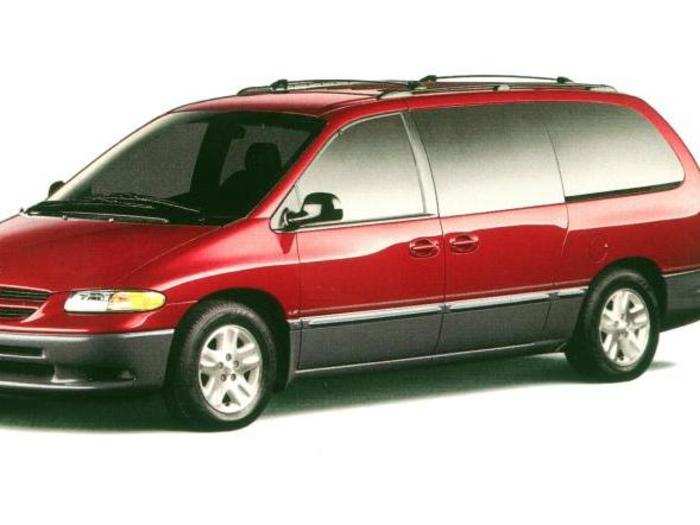
The success of the minivans along with the company's K-car sedans saved Chrysler from the brink of financial disaster. By the early 1990s, the company was turning out iconic cars such as the Dodge Viper RT/10.
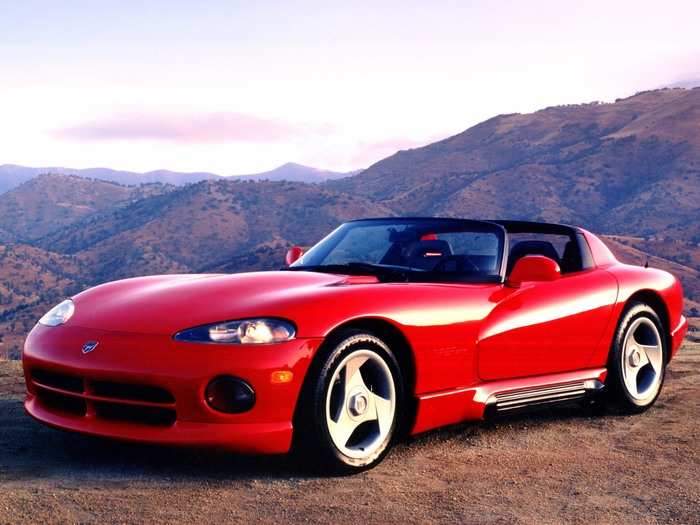
In Europe, Renault launched their Espace just months after the debut of the Chrysler.
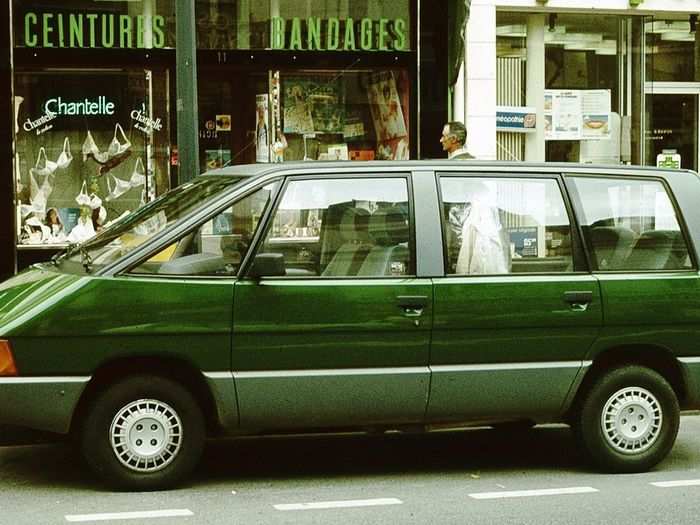
Volkswagen did the same with its venerable Vanagon.
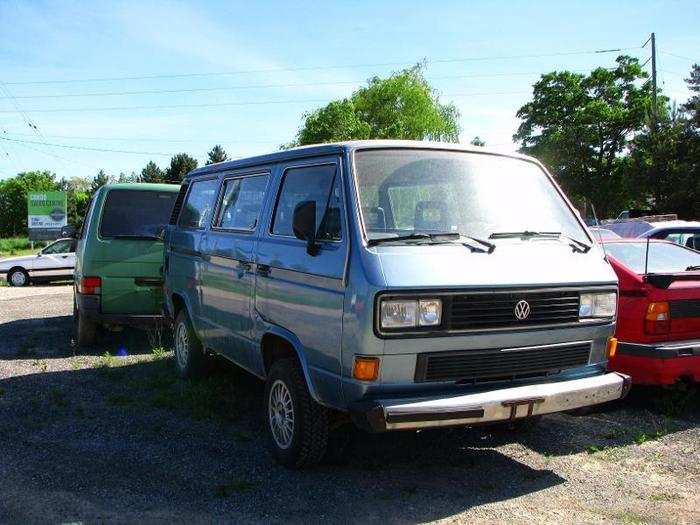
Toyota spruced up their plainly named Van to better compete.
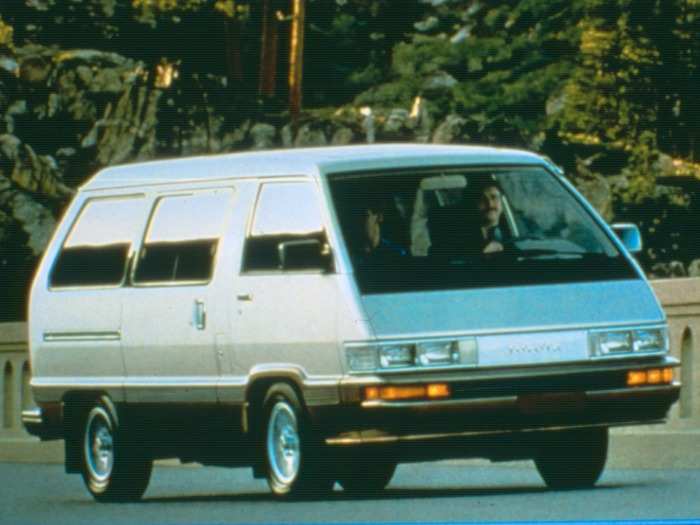
... Ford Aerostar.
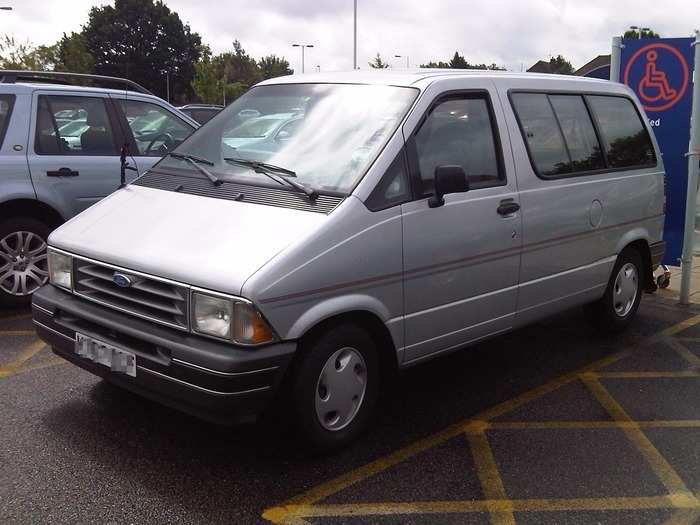
Soon, rival carmakers launched their own minivans, such as the Chevrolet Astro and ...
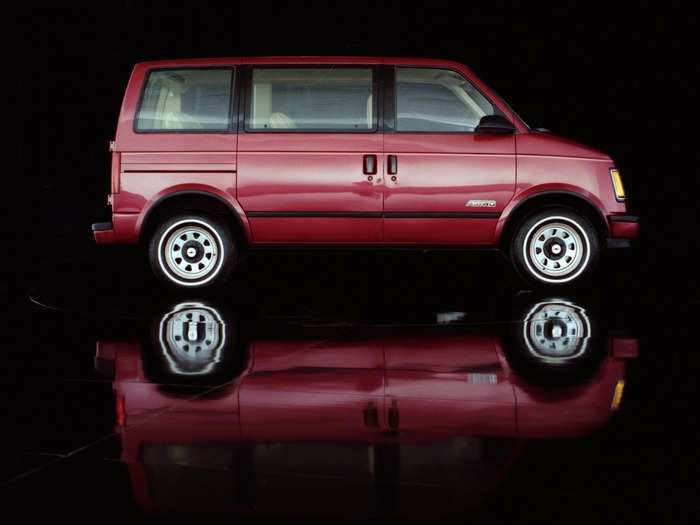
... truck-based affairs, such as the Ford Econoline.
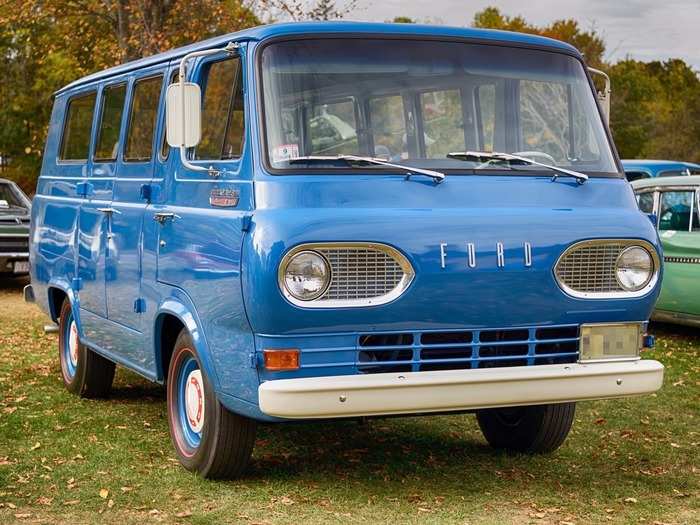
Before the car-like Chrysler minivan, vans were either boxy affairs like the VW bus or ...
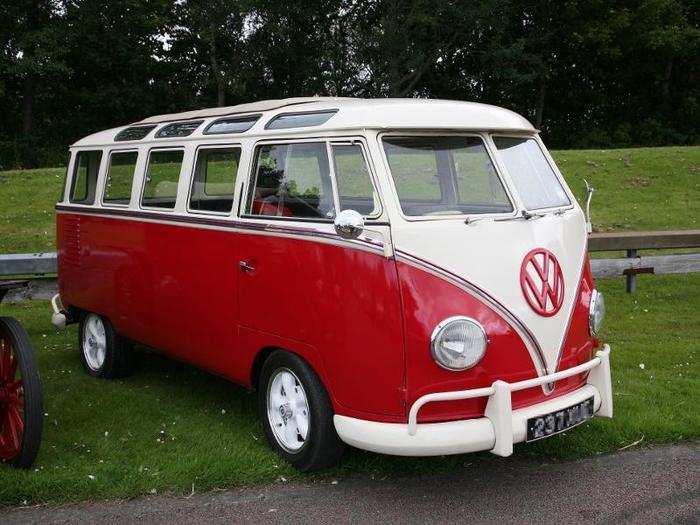
... all wrapped up in a peppy car-like package.
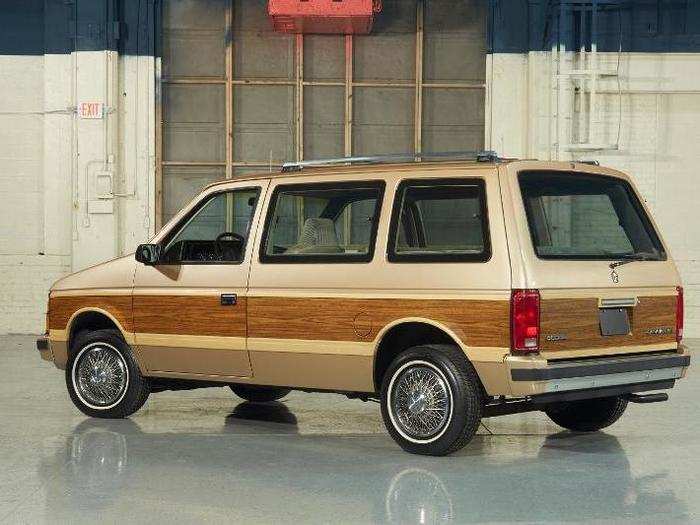
... easy-access sliding door ...
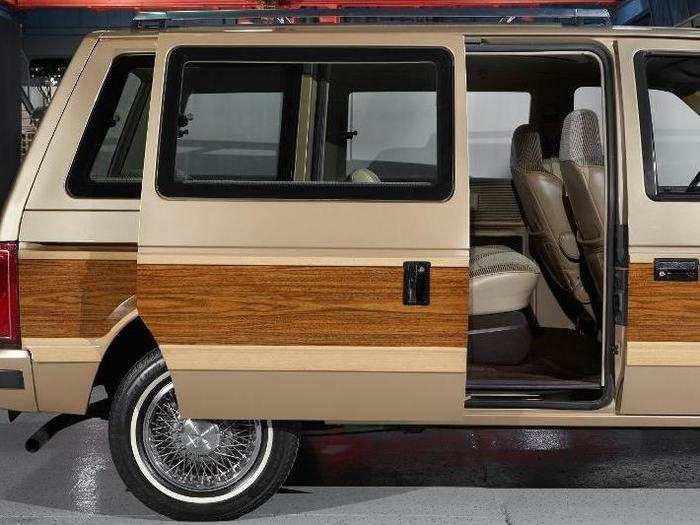
... abundant cargo-hauling ability ...
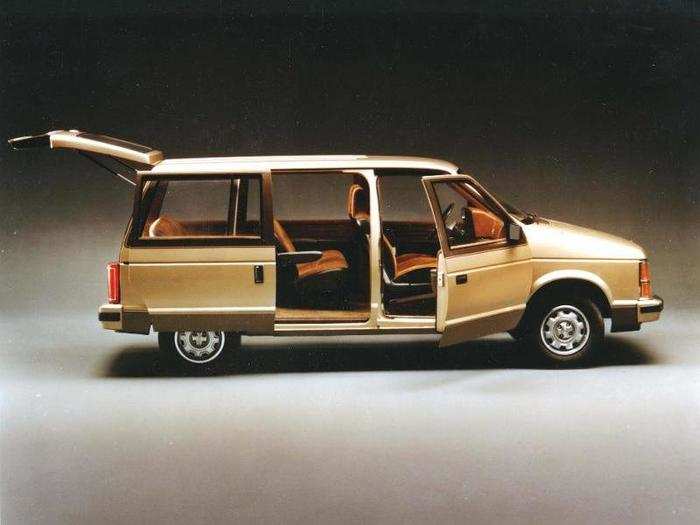
People loved the van's roomy interior ...
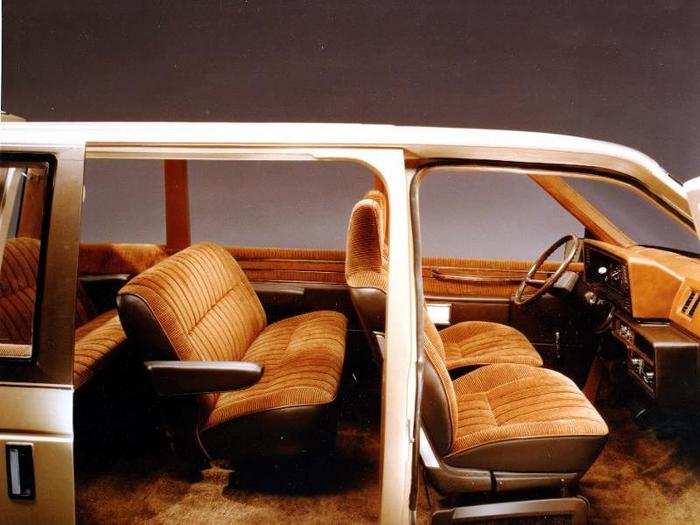
The upscale Chrysler Town and Country variant followed in 1990.
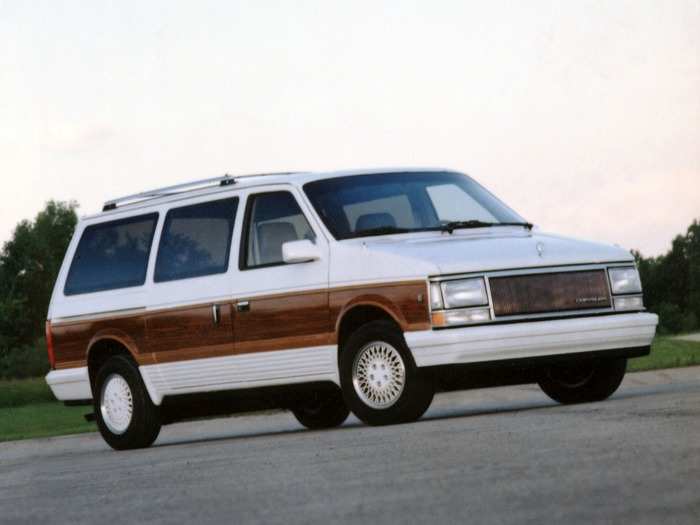
Initially, the minivan was sold under the Plymouth Voyager and Dodge Caravan monikers.
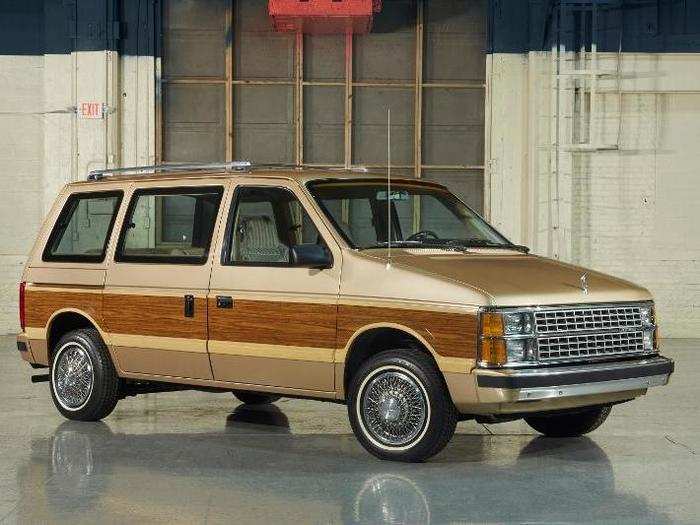
On November 2, 1983, the first minivan — a Plymouth Voyager — rolled off the production line in Windsor, Ontario. That's right, the first minivan was actually Canadian!
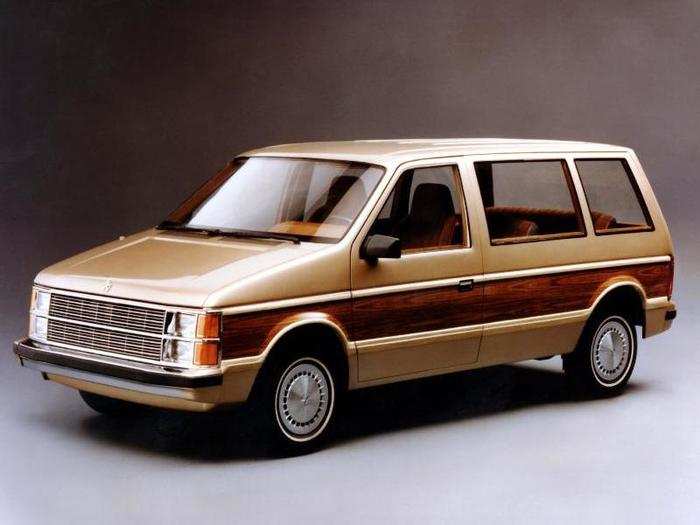
By 1983, Lee Iacocca's Chrysler minivan was ready.
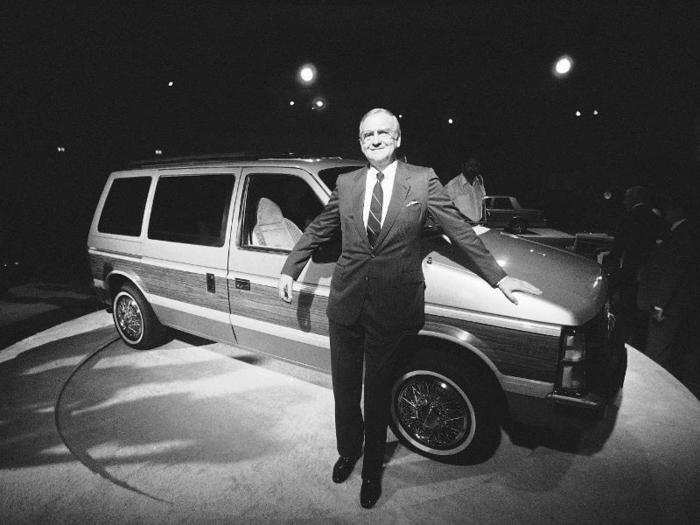
Fortunately for Iacocca and Chrysler, Ford allowed the departing executing to take the rights to his "mini" van project with him.
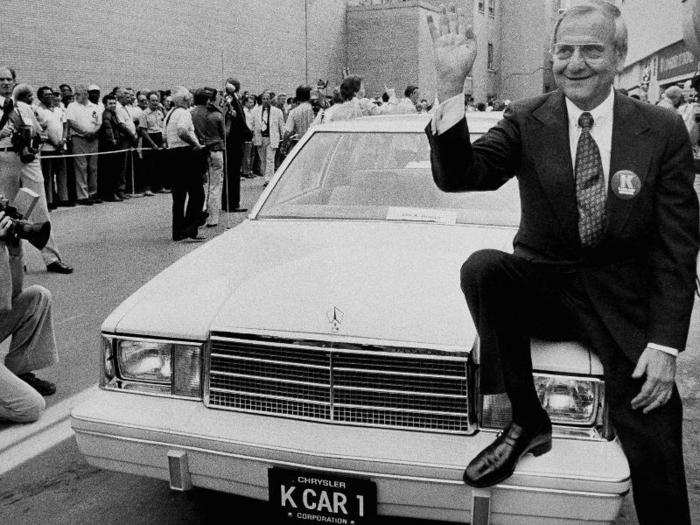
By the late 1970s, Sperlich and Iacocca left Ford to join crosstown rival Chrysler. At that time, the Chrysler was in terrible shape. In 1980, US government was forced to guarantee almost $1.5 billion in loans to keep the company going.
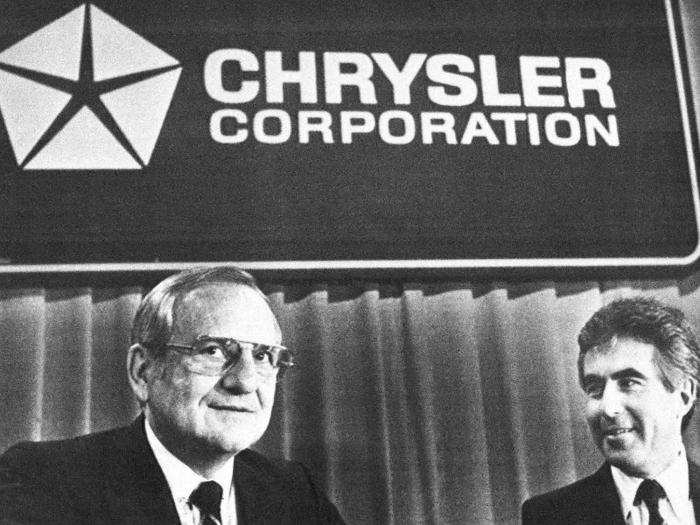
Yet, he was still afraid that company boss Henry Ford II would kill off his pet project. So Iacocca and Sperlich kept their prototype van hidden in the basement. According to Iacocca, Ford's management was a hesitant to sign off on the unorthodox van and the project was tabled.

With the runaway success of the Mustang, Iacocca had become an auto-industry titan by the early 1970s ...
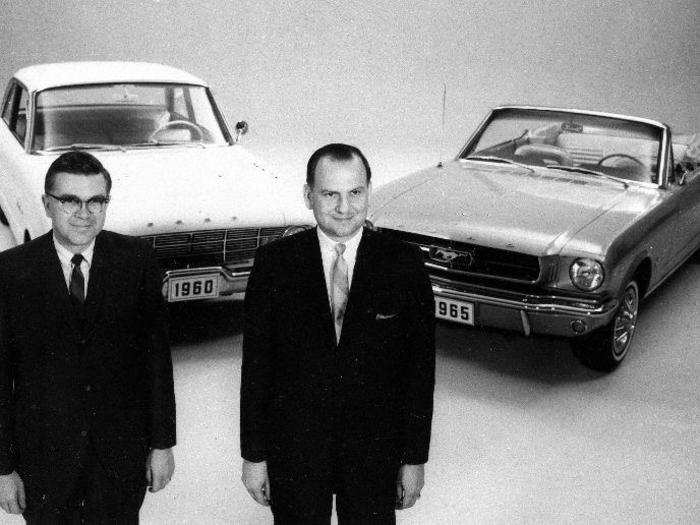
Sperlich's team concocted a special prototype van. Since Ford didn't have a front-wheel-drive platform on which the van could be built, they instead used a chassis and engine from Honda.

A decade earlier, both Iacocca and Sperlich helped lead the creation of the Mustang.
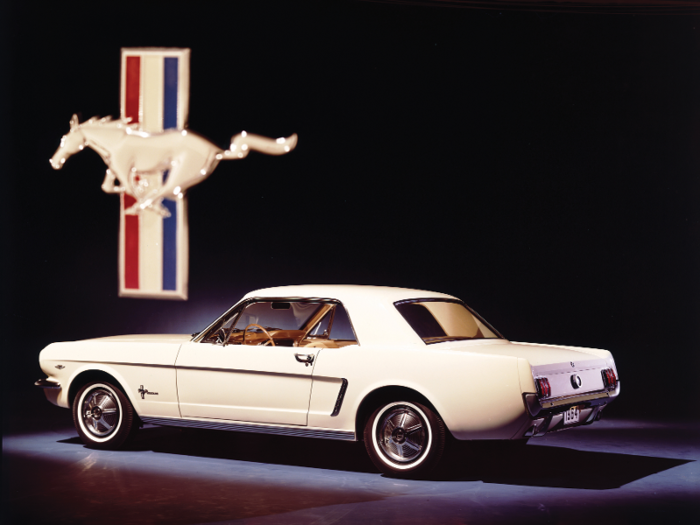
In 1974, Ford president Lee Iacocca and a team of engineers headed by Hal Sperlich saw the need for a front-wheel-drive, car-based family van.

Popular Right Now
Popular Keywords
Advertisement
